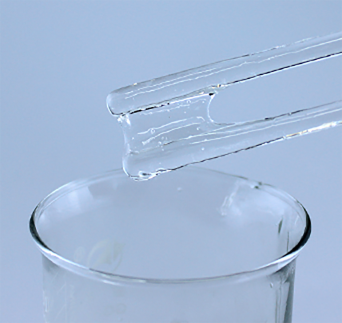
Nov . 11, 2024 01:49 Back to list
Exploring HPMC Applications in Tile Adhesive Formulations for Enhanced Performance
Understanding HPMC in Tile Adhesives
Hydroxypropyl Methylcellulose (HPMC) is a widely utilized cellulose ether in various construction applications, particularly in tile adhesives. As a modified cellulose polymer, HPMC offers unique properties that enhance the performance and usability of tile adhesives, making it a favored choice among manufacturers and users alike.
What is HPMC?
HPMC is derived from cellulose, which is a natural polymer found in plant cell walls. The modification process involves the introduction of hydroxypropyl and methyl groups, which not only increases the solubility of cellulose in water but also enhances its adhesion properties. This modification allows HPMC to form a gel-like consistency that offers excellent water retention, improved workability, and superior adhesion.
Importance of HPMC in Tile Adhesives
Tile adhesives must meet several criteria to be effective, including high bonding strength, flexibility, and resistance to water. HPMC plays a pivotal role in ensuring these properties are achieved
1. Water Retention One of the most critical features of HPMC in tile adhesive formulations is its ability to retain water. This property prevents the adhesive from drying out too quickly during application, allowing for better workability and longer open time. Tile installers can manipulate the adhesive efficiently without worrying about it setting prematurely.
2. Improved Workability HPMC enhances the consistency of tile adhesives, making them easier to spread and adjust. The smooth texture and enhanced slip properties reduce the effort required for application, which is a significant advantage for contractors working with large tiles or in challenging conditions.
hpmc for tile adhesive

3. Adhesive Strength The incorporation of HPMC in tile adhesives contributes to strong bonding capabilities with a variety of substrates, including concrete, ceramic, and stone. This adaptability ensures that the tiles remain securely attached in diverse environmental conditions, such as changes in temperature and humidity.
4. Flexibility and Crack Resistance When tiles are installed, they can experience thermal expansion or contraction. HPMC imparts flexibility to the adhesive, which helps prevent cracking and ensures that the bonds remain intact over time. This flexibility is particularly important in regions with extreme weather variations.
5. Enhanced Performance HPMC contributes to the overall performance of tile adhesives by improving their resistance to sagging, allowing for vertical installations without slipping. This is crucial for large-format tiles, which require precise placement and structural integrity.
Environmental Considerations
As sustainability becomes increasingly important in construction, HPMC stands out as a more environmentally friendly option compared to traditional adhesives. Derived from natural cellulose, HPMC is biodegradable and can be produced using sustainable practices. Its use in tile adhesives reduces the health risks associated with conventional adhesives, which may contain harmful solvents and chemicals.
Conclusion
Hydroxypropyl Methylcellulose is a vital component in the formulation of modern tile adhesives. Its remarkable properties, including water retention, improved workability, enhanced adhesive strength, flexibility, and resistance to sagging, make it indispensable in the construction industry. As demand grows for high-performance, environmentally friendly construction materials, HPMC's role will likely continue to expand.
Incorporating HPMC into tile adhesives not only improves the efficiency and effectiveness of tile installations but also aligns with the broader trend of sustainable building practices. For contractors and DIY enthusiasts alike, understanding and utilizing HPMC-based tile adhesives can lead to more durable, aesthetically pleasing, and long-lasting results in their tiling projects. As we advance into a more eco-conscious era of construction, the innovative use of materials like HPMC will undoubtedly shape the future of tile adhesive formulations, enhancing both functionality and sustainability.
-
Versatile Hpmc Uses in Different Industries
NewsJun.19,2025
-
Redispersible Powder's Role in Enhancing Durability of Construction Products
NewsJun.19,2025
-
Hydroxyethyl Cellulose Applications Driving Green Industrial Processes
NewsJun.19,2025
-
Exploring Different Redispersible Polymer Powder
NewsJun.19,2025
-
Choosing the Right Mortar Bonding Agent
NewsJun.19,2025
-
Applications and Significance of China Hpmc in Modern Industries
NewsJun.19,2025







